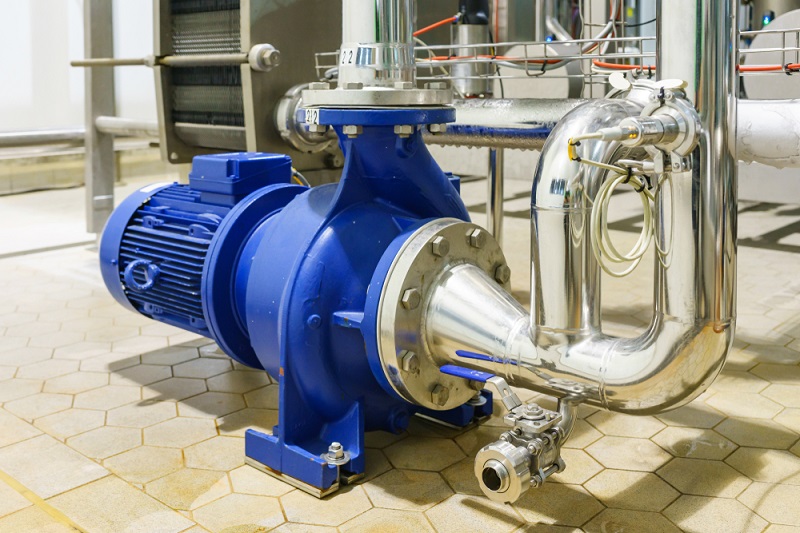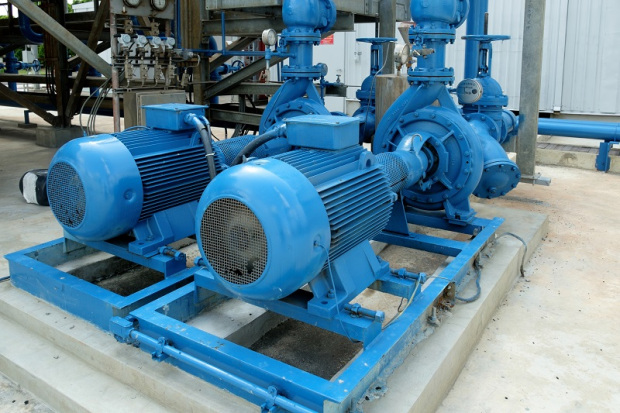Essential Safety Tips About Centrifugal Pump
Centrifugal pumps are the most commonly used pumps in residential and commercial places to pump out the water. There are different models of centrifugal pumps available in the market. You must choose the best one that suits your needs and budget. These pumps are widely used in different industries such as wastewater treatment plants, factories, power plants, and other industries; just make sure the pump is anchored properly no matter what size it is. These pumps work at a high velocity and pressure, so, to keep the accidents and damages at bay that can be caused while operating these centrifugal pumps, you need to follow some safety instructions.
No doubt, these pumps are very useful for various purposes but before purchasing them you must be aware of some basic safety tips regarding the centrifugal pumps.

Read the Manual Thoroughly
Before you start to install the centrifugal pump in your location, it is best for you to go through the manual booklet a couple of times. This will help you learn about how to use the pump in the best way. In that manual, you will also learn how to maintain the pump in top-notch condition along with the equipment connected to the pump. You must check the specifications before you make any adjustments to the pump for usage. It is critical for you to learn about the clearance between the impeller and wear plate. If you do not set the specifications as given in the manual, you cannot use the pump to its optimum level and the components embedded inside the pump would wear out soon.
Keep Overheating of Components at Bay
When the centrifugal pump gets heated, it will cause damage to the components that are inside the pump and would cost you a bomb to replace the worn-out parts with the new ones. More importantly, people who are servicing the pump would also get injured. Always ensure to keep the pump cool without getting overheated. It is possible only when you leave the suction and discharge line open while operating the pump. When you witness that pump is getting overheated, immediately stop using the pump and allow it to cool down to room temperature. You must open the drain plug of the pump cautiously. Don’t remove any of the pump components such as fill port cap and gauge fort plug until it has cooled down to room temperature.
Replace the Components That Are Worn Out
When you notice that components inside the centrifugal pump are worn out, you must replace them before the damage gets worse. For instance, bearings in the pump would wear out sooner, and the pump will start to wobble and make some noise. It also results in overheating of the pump. It is critical for you to check the line fittings, pipe plugs, and make sure that there is no sand that causes scratches to the components and results in damage.
Check the Leakages
When internal parts are worn out, there would be chances of leakages in the pipe plugs and suction line fittings that would result in loss of static lift. Ensure that the suction line is tight and there is no air leakage with the help of a vacuum gauge. When the centrifugal pump is not working, you must read the vacuum readings. It displays the vertical distance from the gauge tap to the product level. If the suction pipe is not so tight, there are chances of the atmospheric pressure to get in and the vacuum level will go down after you shut down the pump.

Carry Out Regular Maintenance
You must regularly check the engine and motor of the pump to ensure that the engine gets enough power supply to operate at its optimum level. You have to maintain the pump components such as wear plates, impeller vanes, volute casing, and so on. Based on the usage, maintenance checks must be conducted.
So, these were some basic tips that you must follow if you use a centrifugal pump. These are highly effective when they are maintained properly, and any carelessness can cause damage to the pump and people nearby also.
Overall, depending on the usage, different pumps are made for different purposes and so a detailed understanding before using it is required.




